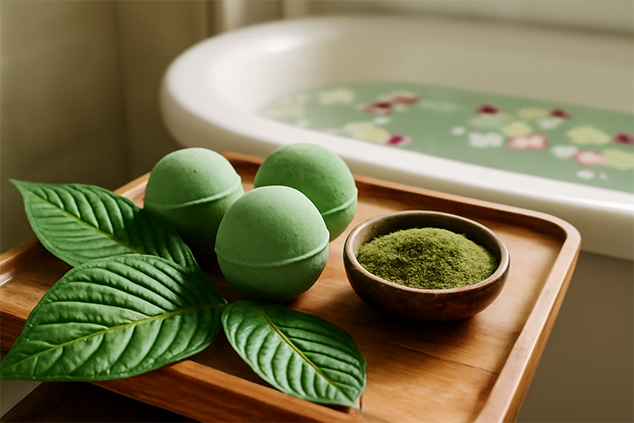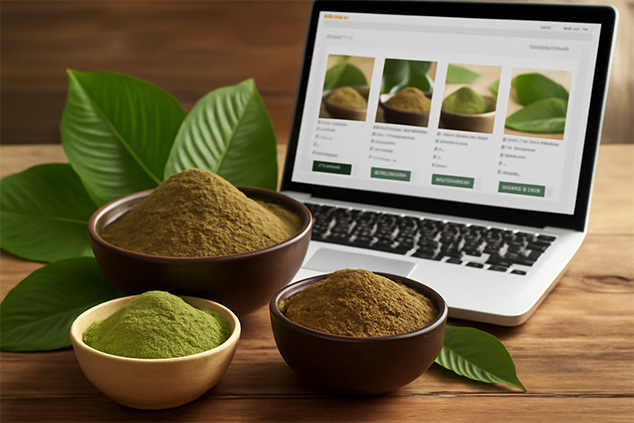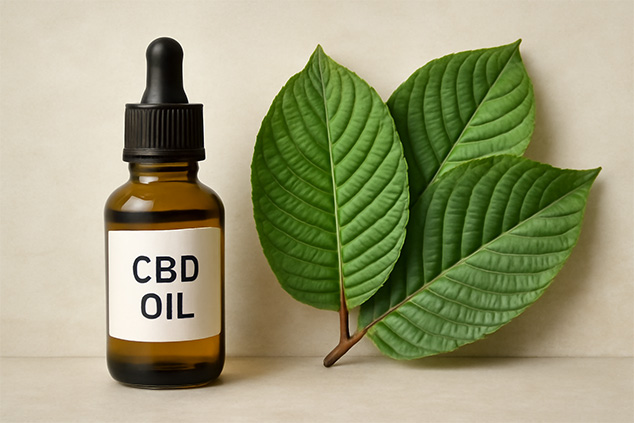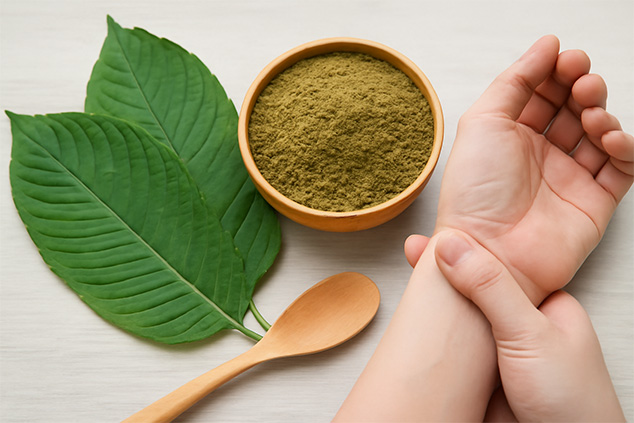The modern lifestyle is extremely fast-paced and demanding. Frequently, we’re busy around the clock and have a hard time finding the time for … [Read more...] about 3 Kratom Bath Bomb Recipes to Relieve Stress, Pain, and Soreness
Best Kratom Vendors to Try in 2025
While a few kratom vendors dominate the market, we believe that some of the best kratom vendors are actually lesser known. So, we decided to dig the … [Read more...] about Best Kratom Vendors to Try in 2025
CBD Vs. Kratom: Which Is the Best Option for You?
CBD and kratom are both effective means of treating chronic pain and other conditions. The popularity of both has been growing significantly over the … [Read more...] about CBD Vs. Kratom: Which Is the Best Option for You?
5 Best Types of Kratom for Pain Relief
Pain can be debilitating and drastically decrease the quality of one’s life. It can make even simple tasks agonizing. Therefore, merely quitting pain … [Read more...] about 5 Best Types of Kratom for Pain Relief
Should You Buy Kratom Directly from Kratom Farmers in Indonesia?
Buying kratom directly from kratom farmers in Indonesia or any kratom where kratom is indigenous to may have crossed your mind. Especially if you’ve … [Read more...] about Should You Buy Kratom Directly from Kratom Farmers in Indonesia?




